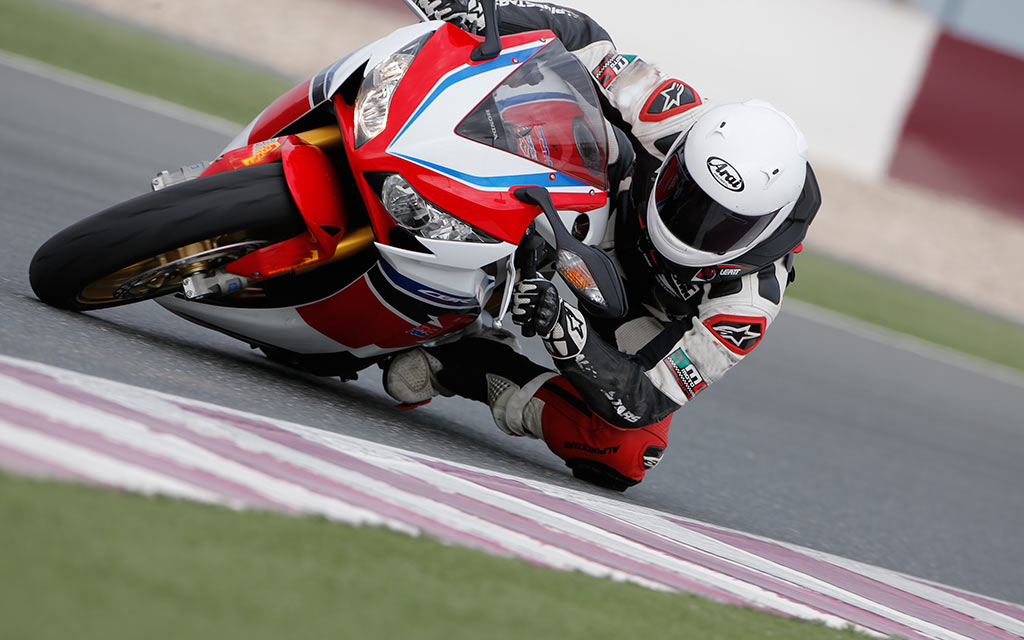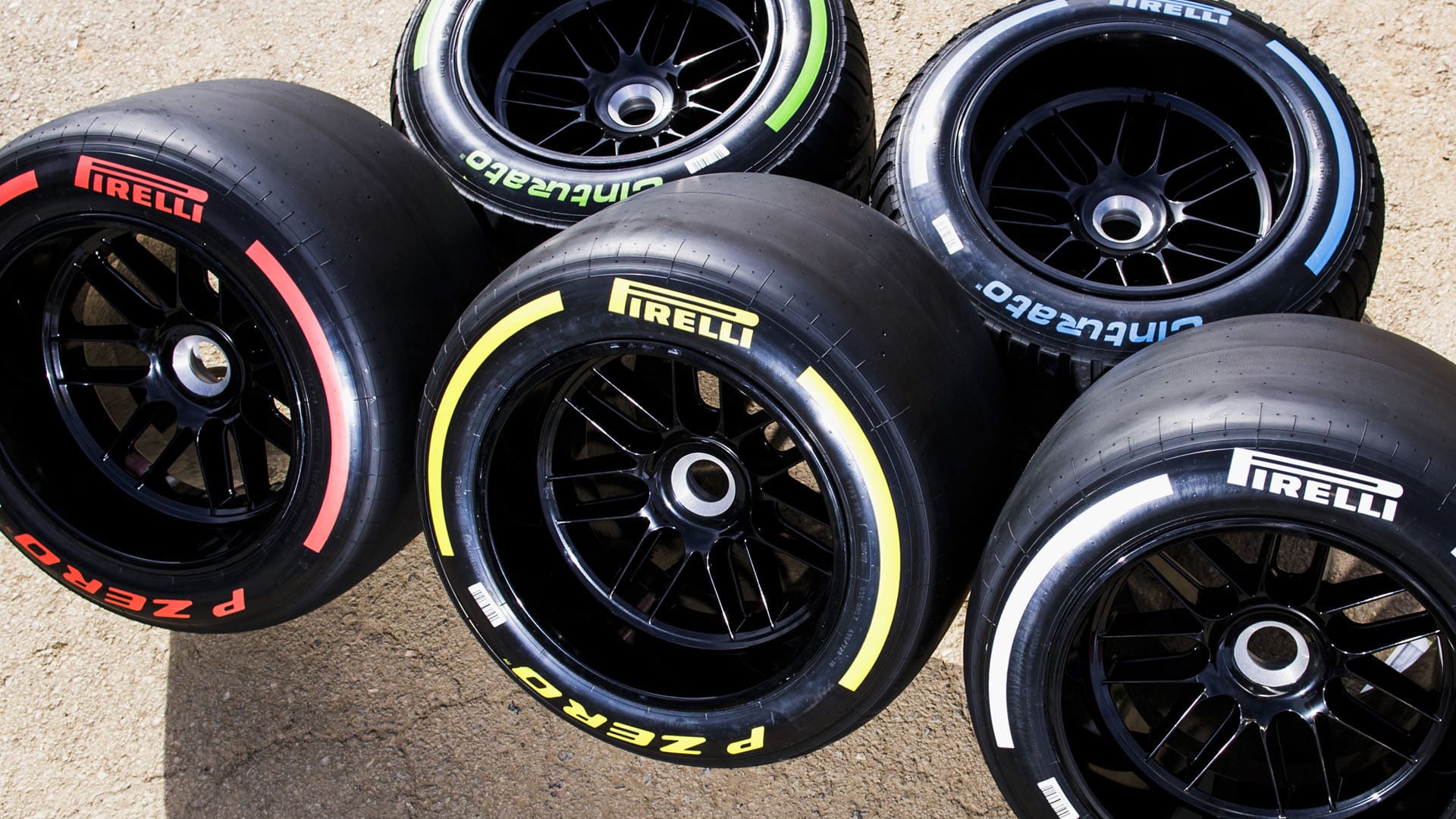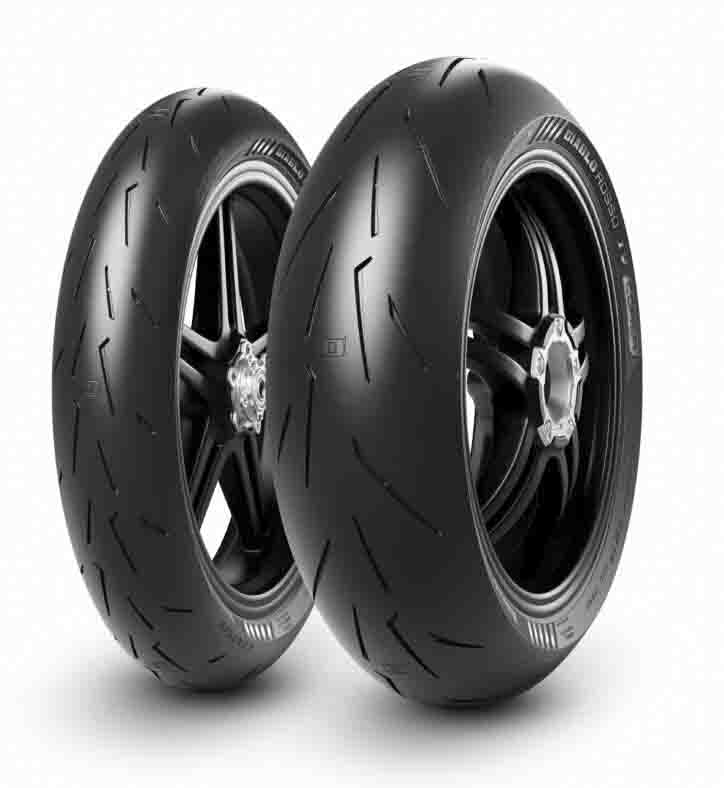All Categories
Featured
Table of Contents
I was able to obtain 100 hours out of among these tires, and while it had definitely no tire lugs left on it, the soft substance made it work very wellas long as I was making use of a soft mousse. Kitt Stringer picture Easy mounting - 3Wear - 3Sidewall toughness - 3Performance on roots - 4Performance on wet rocks - 2Traction on dust - 5Cornering ability - 4Traction while stopping - 4Self-clearing of dirt and mud - 3Performance in mud - 3Overall predictability or tracking - 3 _ 37 Final thought: This is an excellent well-rounded tire with good worth for money.

The wear corresponded and I such as the length of time it lasted and how consistent the feeling was throughout usage. This would also be a great tire for faster races as the lug dimension and spacing bit in well on fast surface. Kitt Stringer image Easy placing - 3Wear - 3Sidewall strength - 3Performance on origins - 4Performance on wet rocks - 4Traction on dust - 4Cornering ability - 4Traction while braking - 5Self-clearing of dirt and mud - 4Performance in mud - 4Overall predictability or tracking - 4_42 Verdict: I liked this tire a whole lot.
If I needed to purchase a tire for difficult enduro, this would certainly be in my top option. Easy placing - 3Wear - 3Sidewall stamina - 3Performance on roots - 4Performance on damp rocks - 3Traction on dust - 4Cornering capacity - 3Traction while braking - 3Self-clearing of dust and mud - 4Performance in mud - 4Overall predictability or monitoring - 3 _ 34 Conclusion: This tire was extremely soft and pliable.
All the gummy tires I evaluated done relatively close for the initial 10 hours approximately, with the champions mosting likely to the softer tires that had much better grip on rocks (Tyre rotation services). Getting a gummy tire will definitely offer you a solid benefit over a regular soft compound tire, however you do pay for that benefit with quicker wear
Affordable Premium Tyre Selection Near Me
Best worth for the cyclist who desires decent efficiency while getting a fair amount of life. Ideal hook-up in the dirt. This is a suitable tire for springtime and fall problems where the dust is soft with some moisture still in it. These tried and tested race tires are fantastic all about, yet put on promptly.
My overall champion for a difficult enduro tire. If I needed to spend cash on a tire for day-to-day training and riding, I would choose this one.
Affordable Vehicle Alignment Near Me
I have actually been running a collection of Michelin Power Pilot 2CT's on my track Daytona 675 for the past year. In that time I have done 15 track days in all climates from cold wet to extremely warm and these tyres have never missed out on a beat. Discount tyres. I have actually done virtually 2,000 miles (3,200 kilometres) on them and as you can see from this shot of the front taken after first session of my 15th track day on them, they still have rather a lot of rubber left on them
Simply put the 2CT is an outstanding track day tire. If you're the sort of cyclist that is likely to come across both damp and completely dry problems and is starting out on track days as I was last year, then I think you'll be hard pushed to discover a better worth for money and experienced tyre than the 2CT; a set of which will certainly set you back around 185 (US$ 300) in the UK.
Generating a much better all rounded road/track tire than the 2CT need to have been a tough task for Michelin. The outcome of that effort is the Michelin Pilot Power 3 which basically replaces the Pure. Do not perplex this new tire with the road going Pilot Road 3 which is not created for track use (although some riders do).
When the Pilot Power 3 released, Michelin recommended it as a 50:50% road: track tire. All the cyclist reports that I've reviewed for the tyre price it as a better tyre than the 2CT in all areas but particularly in the damp.
Tyre Installation Near Me (Nollamara WA)
Technically there are plenty of differences between both tires despite the fact that both make use of a twin compound. Aesthetically you can see that the 2CT has less grooves reduced right into the tire however that the grooves go to the edge of the tire. The Pilot Power 3 has even more grooves for far better water dispersal yet these grooves do not get to the shoulder of the tyre.
One element of the Pilot Power 3 which is different to the 2CT is the brand-new 2CT+ technology which prolongs the harder middle section under the softer shoulders (on the rear tyre). This need to provide extra stability and decrease any kind of "agonize" when accelerating out of corners regardless of the lighter weight and even more adaptable nature of this new tyre.

I was a little uncertain regarding these reduced stress, it turned out that they were fine and the tyres executed truly well on track, and the rubber looked much better for it at the end of the day. Simply as a factor of reference, various other (fast group) bikers running Metzeler Racetecs were utilizing tire stress around 22-24 psi for the rear and 24-27 psi on the front.
Coming up with a much better all round road/track tyre than the 2CT have to have been a tough task for Michelin. The outcome of that initiative is the Michelin Pilot Power 3 which essentially replaces the Pure. Do not confuse this new tyre with the road going Pilot Roadway 3 which is not created for track use (although some motorcyclists do).
Honest Long-lasting Tyres Near Me (Nollamara 6061 WA)
They influence huge confidence and provide outstanding grip degrees in either the wet or the dry. When the Pilot Power 3 introduced, Michelin advised it as a 50:50% roadway: track tyre. That message has actually recently altered since the tyres are now suggested as 85:15% roadway: track usage instead. All the cyclist reports that I have actually read for the tyre rate it as a much better tire than the 2CT in all areas but particularly in the damp.

Technically there are many distinctions in between both tyres although both use a twin substance. Visually you can see that the 2CT has fewer grooves reduced right into the tire but that the grooves run to the edge of the tire. The Pilot Power 3 has more grooves for far better water dispersal but these grooves don't reach the shoulder of the tire.
One aspect of the Pilot Power 3 which is different to the 2CT is the brand-new 2CT+ technology which extends the harder center area under the softer shoulders (on the rear tire). This must give much more security and lower any "agonize" when speeding up out of edges regardless of the lighter weight and even more flexible nature of this new tyre.
I was slightly suspicious concerning these lower stress, it turned out that they were fine and the tires done actually well on track, and the rubber looked far better for it at the end of the day - Tyre maintenance. Just as a factor of recommendation, other (fast group) bikers running Metzeler Racetecs were making use of tire stress around 22-24 psi for the rear and 24-27 psi on the front
Latest Posts
Best Tyre Upgrades Near Me ( Bayswater)
Best Long-lasting Tyres – Yokine 6060 WA
Reliable Tyre Rotation Services – Bassendean